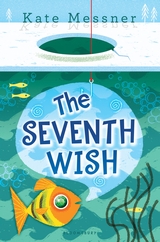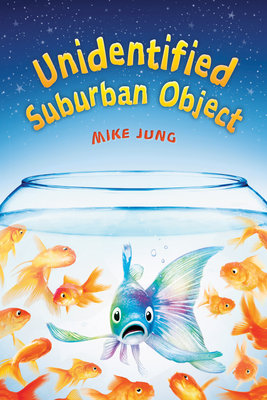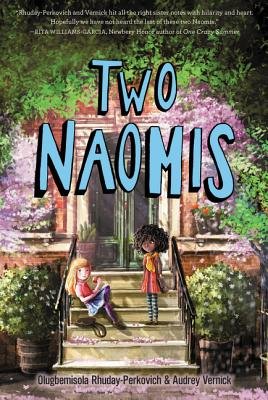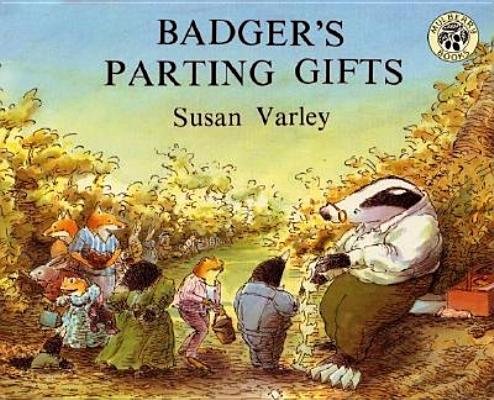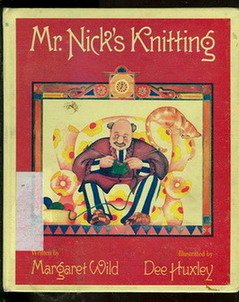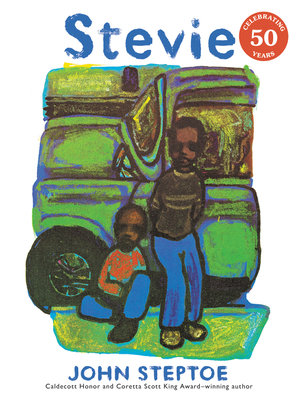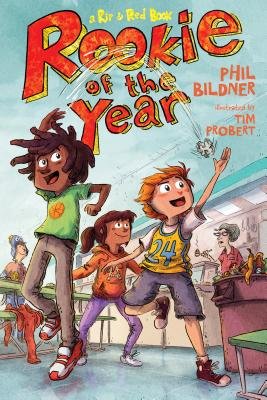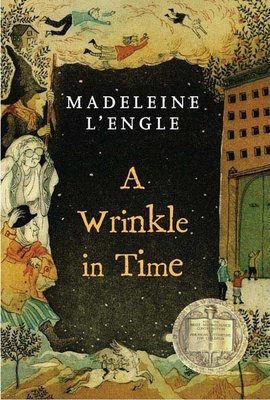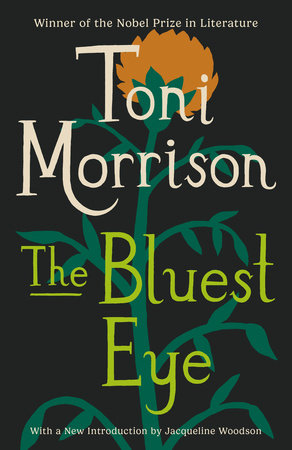The Tough But Important Task of Raising Free-Range Readers
by Olugbemisola Rhuday-Perkovich
Recently I was on a conference panel with fellow authors Kate Messner (The Seventh Wish), Mike Jung (Unidentified Suburban Object), Elana K. Arnold (Far from Fair), Jo Knowles (Still a Work in Progress), and Audrey Vernick (co-author of Two Naomis) to talk about the ways that books can help spark discussions of tough topics with young readers. As we shared ideas and stories amongst ourselves, and in a rich and dynamic conversation with educators, I remembered with gratitude how many times literature has done that for me — invited me in and enabled me to reflect, grow, and communicate during challenging times all the while reminding me that joy and laughter can be powerful tools to face those challenges, heal, and move forward.
I know this as a reader, an author, and an educator, but I have to remind my parent-self of it on a regular basis. My first maternal instinct is often to shield, to do what I can to help my child avoid discomfort. I have a photograph of an outing with my then-infant daughter, and it makes me laugh every time I look at it. She’s tucked into what was our favorite mode of transport, the Kozy Carrier — front-carry so that I could see everything, of course — wearing baby wraparound sunglasses because I was certain that the sun would burn her eyes out, and ginormous sound-canceling headphones because I feared that the sounds of the subway would render irreparable damage. More than a few babies who had ventured out in daylight and on the subway before her fared just fine, but I was focused on protecting her in those days, wanting to avoid every possible pitfall and Kozy-carry her through a shiny, happy life.
I try to be a little wiser when it comes to books. From the beginning, I was eager to share stories with my daughter that brought both smiles and tears. We read Badger’s Parting Gifts, which deals openly with death, and Mr. Nick’s Knitting, a tearjerker (in many ways) about a man who comforts his seriously ill friend. As my daughter became an independent reader, I was thrilled when she picked up John Steptoe’s classic Stevie, a beautiful early chapter book that unravels the complicated emotions of a little boy getting to know a foster brother. None of the challenging situations portrayed in these books had made their way into her life yet, but I wanted her to learn about, grapple with, and sometimes discuss the less shiny-happy parts of life through literature.
“Books that tackle so-called ‘tough-topics’ allow kids to vicariously and safely visit worlds we hope they’ll never have to experience in real life,” says Phil Bildner, educator and author of Rookie of the Year. “However, at some point in time and more often than not, they will have to experience these worlds or a variation of these worlds. If their reading life includes books that introduce them to these worlds, there’s a much greater chance they will possess the tools necessary to navigate those waters.”
I’ve seen this firsthand with my daughter. Reading Unidentified Suburban Object, a laugh-out-loud hilarious novel that covers the delicate ground of racial insensitivity and micro-aggressions, recently helped her to cope with some of the same issues at school.
“Through literature, children can understand that they are not alone in encountering problems,” writes Wei Tu in “Using Literature To Help Children Cope With Problems.” And studies have shown that reading literature helps increase empathy in school children.
My memories of my mother reading A Wrinkle in Time aloud, a book that spoke to childhood fears of powerlessness, of realizing that one’s parents aren’t able to “fix” the world, are among the most precious ones I have. I read books before I was officially “ready” for them, and some, like I Know Why the Caged Bird Sings and The Bluest Eye, contained accounts of deep pain that I hadn’t even imagined; there was much that I didn’t understand. I read about characters who survived heavy trauma, and others who didn’t. Many times, I wasn’t capable of reading between the lines, and that was okay. I’m grateful that my parents trusted me to know what I could handle.
Because I had room to read widely as a child, I was able to safely explore difficult situations and emotions and be reminded that daily life, with its ups and downs, goes on in the face of hardship. So when I get a little itchy and wonder whether or not a book is too “heavy” or “sad” or just “too much” for my child, I remind myself that she has agency and knows what she can handle, that it’s better for us to talk about some of the things she may encounter in stories than for me to try to pretend those things don’t exist, or that she’ll never encounter them in real life. I try to remember the wonders of being a free-range reader, grabbing books off of the shelves at home and diving in without anyone to tell me I couldn’t.
I know that all of my attempts to inoculate my baby girl from the pain of the world were grounded in a wish that I could be the one to shield and protect her, that I could jump in front of all of the difficulties long before they even touched her. But, while those feelings are well-intentioned, I know from experience as a parent, as an educator, they’re too often wrong. We can’t prevent our children from feeling discomfort — and we shouldn’t. There is growth that happens in struggle. And all the better if books can be a part of that growth, help make that struggle richer, and sometimes draw out the threads of joy that get tangled up in the pain.
Offering literature that tells the complex stories of a full-bodied life can help all of us better interact with one another and become more receptive to new ideas. It’s a way better gift than giant headphones or the false promise of a trouble-free existence. So, now, especially as I can’t carry my now middle-schooler everywhere she goes or cover her eyes and ears from the rest of the world, I can do better: I can give her a book. And, sometimes, we can talk about the story, her story, our story, together.
-
Books Mentioned in This Article:
-
The Seventh Wish
Preorder from:Still a Work in Progress
Also available from:Two Naomis
Preorder from: -
Rookie of the Year
Preorder from: -
A Wrinkle in Time
Preorder from:I Know Why the Caged Bird Sings
Also available from:The Bluest Eye
Also available from:

